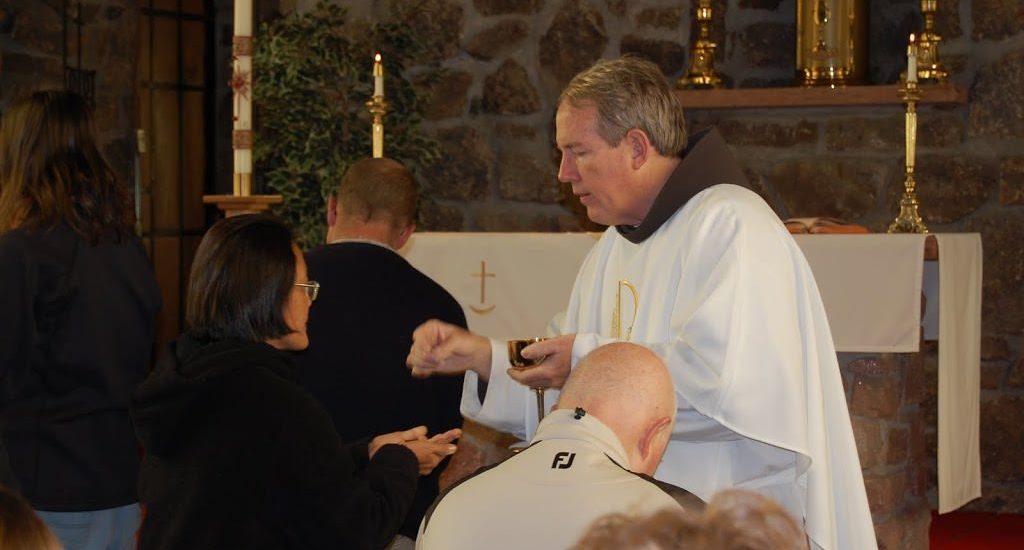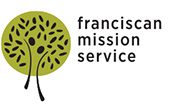Franciscan Mission in the Third Millennium

Part I: Introduction
How do contemporary Franciscans understand mission? It is a difficult question to answer, partly because so often the assumption is that “mission” is defined solely by geography. Certainly in the 800-year history of the Franciscan movement, overseas, cross-cultural mission has always been a part of the idea of mission. However, the Franciscan movement and the Catholic Church as a whole understand that mission is broader than that one component; it comes in many forms in many ages.
The unchanging impulse for Franciscan mission has always been, “As the Father has sent me, so I send you” (John 20:21). Francis of Assisi knew that mission, at its core, is Scriptural, and the fullness of what scripture reveals also points to the fullness of mission in other categories than simply geography.
Where to begin? Rather than try to review the whole history of mission, or even a more limited selection that concerns the Franciscan tradition, perhaps we can rely on the work of some practitioners and scholars of modern mission to help focus our thinking. Stephen Bevans and Roger Schroeder, in Constants in Context: A Theology of Mission for Today, propose six constants, which have appeared in every stage of the Christian mission project[1]:
1. The centrality of Jesus as Christ in his relationship to the Father and the Holy Spirit (christology)
2. The ecclesial nature of missionary activity with fidelity to a common book, heritage, and ritual (ecclesiology)
3. An understanding of when and how God’s reign is fully inaugurated (eschatology[2]) and the role of the Church in that future
4. The nature of salvation that the Church proclaims (soteriology)
5. The understanding of how the Church values human beings (anthropology)
6. The role and value of culture in the missionary endeavor (culture)
As questions, these six topics remain present, even urgent, in every age because “how they are answered is how Christianity finds its concrete identity as it constitutes itself in fidelity to Jesus’ mission.”[3]
Using these constants, Bevans and Schroeder go on to skillfully analyze the history of Christian mission in the world in order to classify overarching typologies of mission.[4] For our purposes, the following “tag lines”[5] of mission types provide a basic summary:
· Type A: Mission as saving souls and extending the borders of the Church
· Type B: Mission as the discovery of truth
· Type C: Mission as liberation and transformation
Not all missionary activities fall neatly into one of three categories, and the types proposed are certainly not exhaustive or exact; nor do they claim to paint more than a sketch of a “certain drift, a certain tendency, a certain perspective” [6] of a church engaged in mission at an epoch of history. Nonetheless, it is instructive to plot them against the six constants of mission:
|
|
Type A |
Type B |
Type C |
|
Mission’s Purpose |
Saving souls and extending the borders of the Church |
The discovery of Truth |
Liberation and transformation |
|
Key Image |
Law |
Truth |
God acting in history |
|
Christology: Person of Jesus Purpose of Ministry |
Emphasis on Jesus’ divinity Atoning death |
Emphasis on Jesus as teacher Exemplar of God |
Emphasis on Jesus’ humanity Liberation |
|
Ecclesiology |
Institutional |
Mystical Communion Sacramental |
Servant Herald |
|
Eschatology |
Futurist: individual |
Realized: individual |
Here but not yet fully here: community |
|
Salvation |
Spiritual |
Spiritual à embodied |
Embodied |
|
Anthropology |
Negative Hierarchical |
Positive Hierarchical with egalitarian tendency |
Positive Less hierarchical with egalitarian accent |
The Cultural dimension was easily the most complicated, and significantly more nuanced than the others. Bevans, after reviewing the history of the church in mission and in culture, proposed six models to describe the interaction of the Christian faith and human culture:[7]
1. The classicist model, in which the mission-sending culture is considered the model or ideal that the mission-receiving culture should hope to emulate.
2. “The translational model regards culture somewhat positively but focuses more on the faithful transmission of the gospel message. It therefore regards culture as a means, as a vehicle of transmission, rather than something good and revelatory in itself.
3. “The anthropological model starts with a basic trust of culture’s goodness and revelatory possibilities, and proposes that the wealth often hidden in culture might offer new riches to the Christian self-understanding.
4. “The praxis model, employed particularly by communities struggling for liberation, focuses on the dimension of culture involved in social change and develops a reinterpretation of Christianity in the midst of reflective action in favor of change that embodies Christian principles.
5. “A synthetic model focuses on the ambiguity of any culture and looks outward to other cultures and successful Christian expressions of faith for the most adequate expression of Christian faith in cultural context.
6. “A transcendental model focuses on the authentic individual and his or her ability to spark authentic Christian and cultural thinking in dialogue and conversation.
7. “The counter-cultural model, while recognizing the importance of culture, regards it with utmost suspicion as something that needs to be confronted with the culturally specific yet universally valid gospel message.”
No doubt some of you are thinking that this is all rather heady stuff, but as pointed out earlier, these are all really questions about how you perceive mission. In the spiritual practice of all faith traditions, a common maxim is that “step one” is to know your self – to know the presumptions, assumptions, biases, and perspectives one carries when thinking and praying about mission.
I propose that you first prayerfully consider, using the above categories, what it is that you already perceive about mission in the modern world? What are your existing notions, and which typology or typologies speak(s) to you the most? Then ask the question, in the 3rd Millennium is a new “Type D” model of mission needed in our present world? If so, what would it look like?
May God guide you in your considerations, enlighten your mind and enflame your heart – and may God give you peace.
[1] Stephen B. Bevans and Roger P. Schroeder, Constants in Context: A Theology of Mission for Today (Maryknoll, NY: Orbis Books, 2004), 33–34.
[2] from the Greek eschatos – last, farthest; a branch of theology concerned with the final events in the history of humankind
[3] Bevans and Schroeder., 34.
[4] Ibid., 32–72.
[5] The designation (A,B,C) is meant to point to differences without labeling types as “orthodox,” “conservative,” “liberal,” “progressive,” “radical,” or other terms that carry a preconceived meaning.
[6] Bevans and Schroeder, 35.
[7] Bevans and Schroeder, 47–48.
Tagged in:

